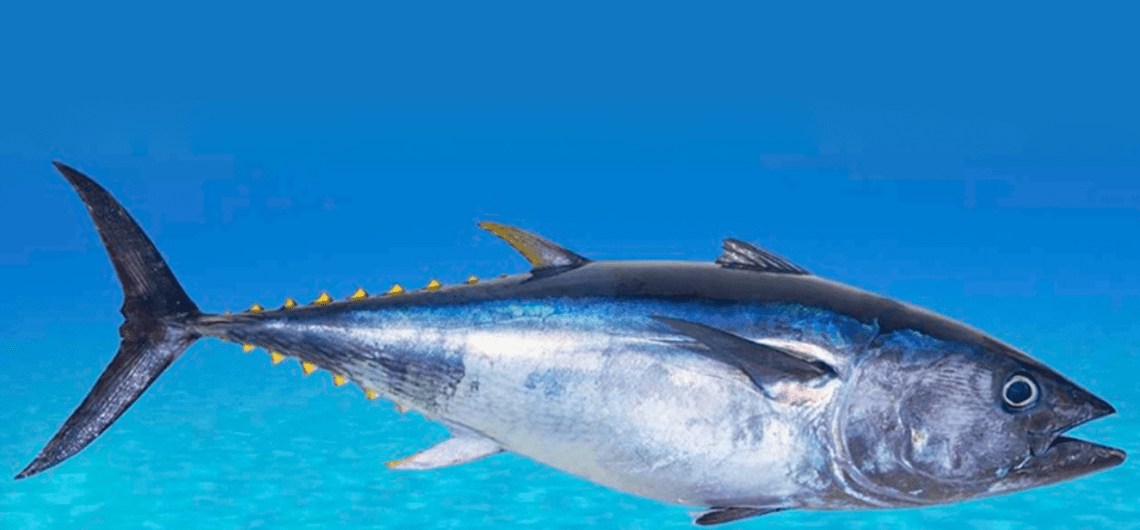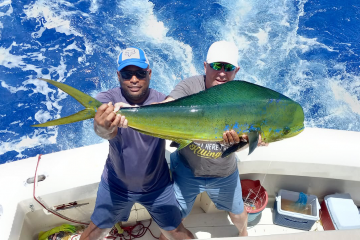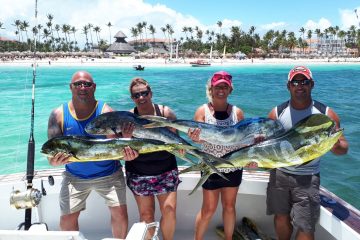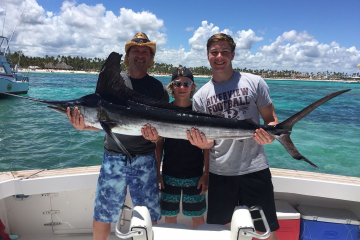| Bonito | |
|---|---|
 |
|
| Atlantic bonito, Sarda sarda | |
| Kingdom: | Animalia |
| Phylum: | Chordata |
| Class: | Actinopterygii |
| Order: | Scombriformes |
| Family: | Scombridae |
| Subfamily: | Scombrinae |
| Tribe: | Sardini Jordan and Evermann, 1896 |
Bonitos are a tribe of medium-sized, ray-finned predatory fish in the family Scombridae – a family it shares with the mackerel, tuna, and Spanish mackerel tribes, and also the butterfly kingfish.Also called the Sardini tribe, it consists of eight species across four genera; three of those four genera are monotypic, having a single species each.
Etymology
Bonito means “pretty” in Portuguese and Spanish, but it is unclear whether the name of the fish is related to this. The Spanish Academy derives the name from Arabic bainīth, but that may be a borrowing from the Spanish.
Species
- Genus Sarda (Cuvier, 1832)
- Australian bonito, S. australis (Macleay, 1881)
- Sarda chiliensis (Cuvier, 1832)
- Eastern Pacific bonito, S. c. chiliensis (Cuvier, 1832)
- Pacific bonito, S. c. lineolata (Girard, 1858)
- Striped bonito, S. orientalis (Temminck & Schlegel, 1844)
- Atlantic bonito, S. sarda (Bloch, 1793)
- Genus Cybiosarda (Whitley, 1935)
- Leaping bonito, C. elegans (Whitley, 1935)
- Genus Gymnosarda Gill, 1862
- Dogtooth tuna, G. unicolor (Rüppell, 1836)
- Genus Orcynopsis Gill, 1862
- Plain bonito, O. unicolor (Geoffroy Saint-Hilaire, 1817)
Food
Pacific and Atlantic bonito meat has a firm texture and a darkish color. The bonito has a moderate fat content. The meat of young or small bonito can be of lighter color, close to that of skipjack tuna, and is sometimes used as a cheaper substitute for skipjack, especially for canning purposes, and occasionally in the production of cheaper varieties of katsuobushi that are sold as bonito flakes. Bonito may not, however, be marketed as tuna in all countries.
The Atlantic bonito is also found in the Mediterranean and the Black Sea, where it is a popular food fish, eaten grilled, pickled (lakerda), or baked.






Comments